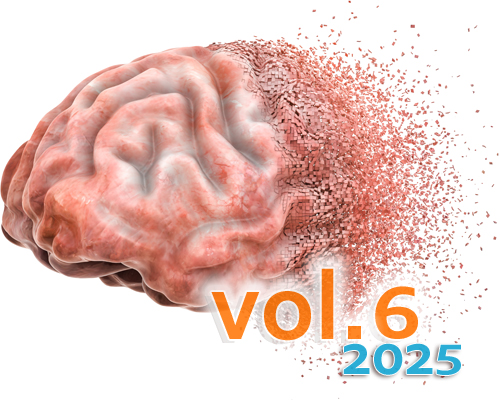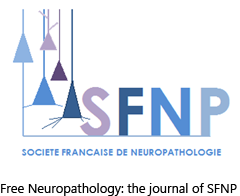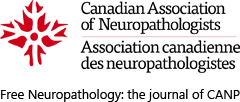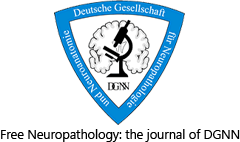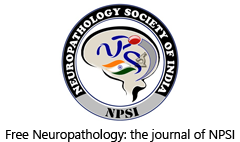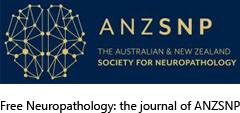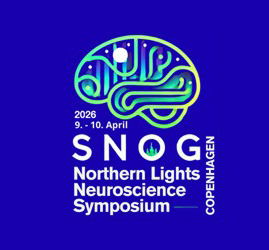Histopathologic evidence of intimal hyperplasia in carotid artery webs associated with stroke
DOI:
https://doi.org/10.17879/freeneuropathology-2025-7139Keywords:
Carotid artery web, Stroke, Intimal hyperplasiaAbstract
Background: Carotid artery webs (CWs) are an underrecognized cause of ischemic stroke, particularly in younger patients who lack conventional vascular risk factors. CWs are thought to represent an intimal variant of fibromuscular dysplasia (FMD); however, histopathologic data supporting this hypothesis remain limited. We report a case series of three patients with CW-related ischemic stroke who underwent carotid endarterectomy (CEA), allowing for histological analysis of the resected specimens.
Methods: We retrospectively reviewed patients admitted to a Comprehensive Stroke Center between January 2015 and April 2025 with ischemic stroke or transient ischemic attack attributed to an ipsilateral carotid web who subsequently underwent carotid endarterectomy. Clinical data, imaging findings, and histopathologic features were analyzed. All cases met criteria for embolic stroke of undetermined source (ESUS) prior to surgery.
Results: Three patients with CW-related stroke underwent carotid endarterectomy following recurrent events or high embolic risk. In two cases, superimposed thrombi led to initial misdiagnoses such as soft plaque or dissection. Histopathologic analysis consistently demonstrated fibrovascular tissue with intimal fibroid hyperplasia and myxoid degeneration, without lipid-rich plaques or inflammatory infiltrates. No patients experienced recurrent stroke or TIA by the time of their last documented follow-up.
Conclusions: CWs represent a distinct non-atherosclerotic pathology characterized by intimal hyperplasia and myxoid degeneration. Superimposed thrombus may complicate diagnosis, often mimicking plaque or dissection. Advanced imaging, including MR vessel wall imaging and intravascular optical coherence tomography (OCT), can aid in accurate identification. Carotid revascularization may be effective in selected patients, particularly those with recurrence or ESUS. Prospective studies are needed to inform standardized diagnostic and therapeutic strategies.
Metrics
Published
How to Cite
Issue
Section
License
Copyright (c) 2025 Farhan Khan, Alisa Nobee, Skylar Lewis, John E. Donahue, Shadi Yaghi

This work is licensed under a Creative Commons Attribution 4.0 International License.
Papers are published open access under the Creative Commons BY 4.0 license. This license lets others distribute, remix, adapt, and build upon your work, even commercially, as long as they credit you for the original creation. Data included in the article are made available under the CC0 1.0 Public Domain Dedication waiver, unless otherwise stated, meaning that all copyrights are waived.

